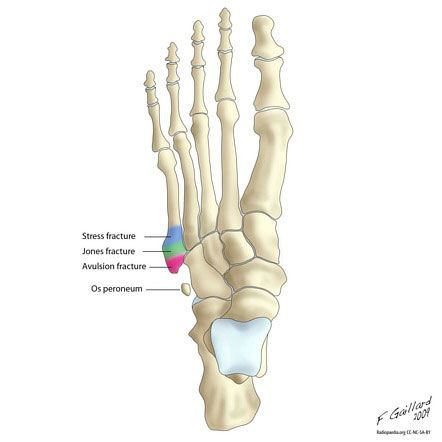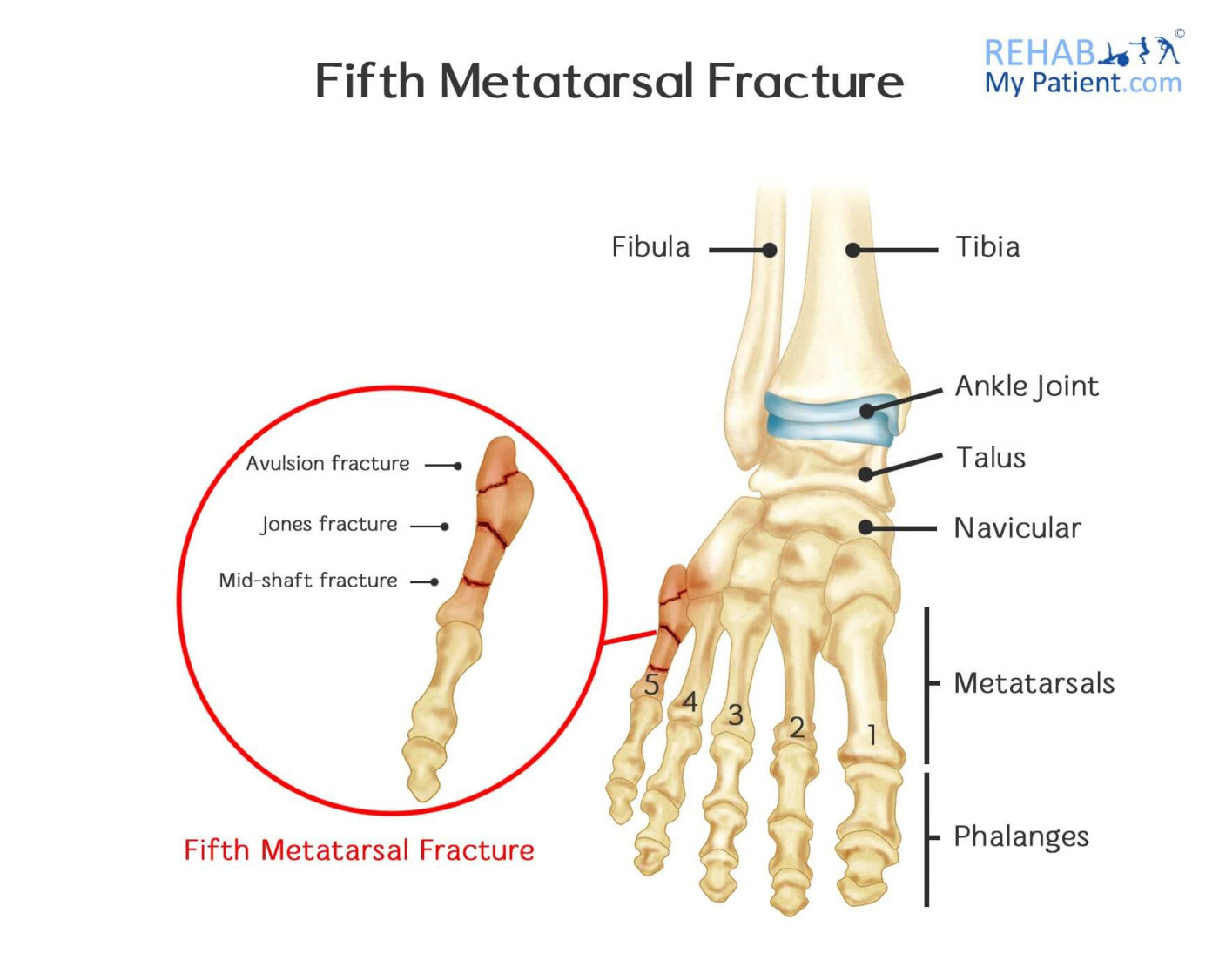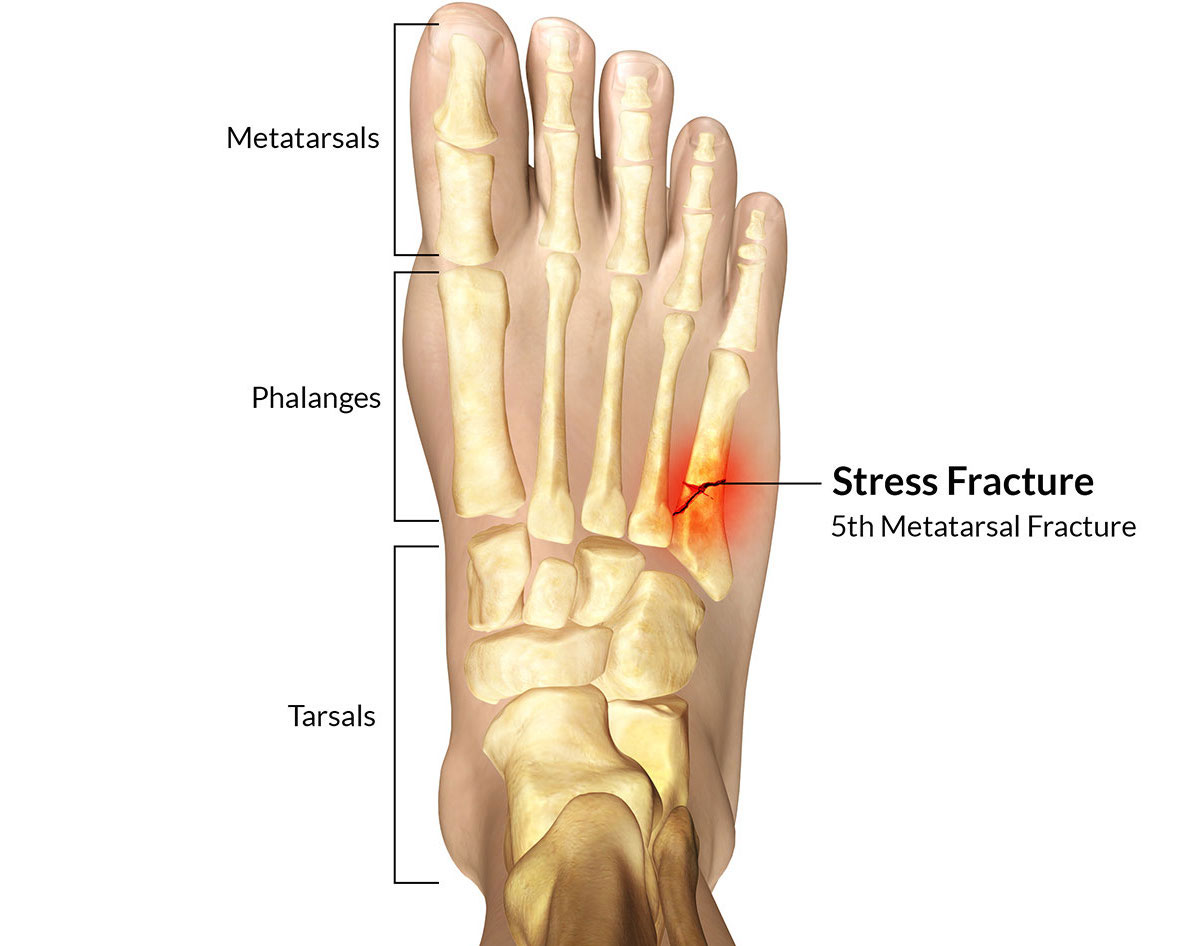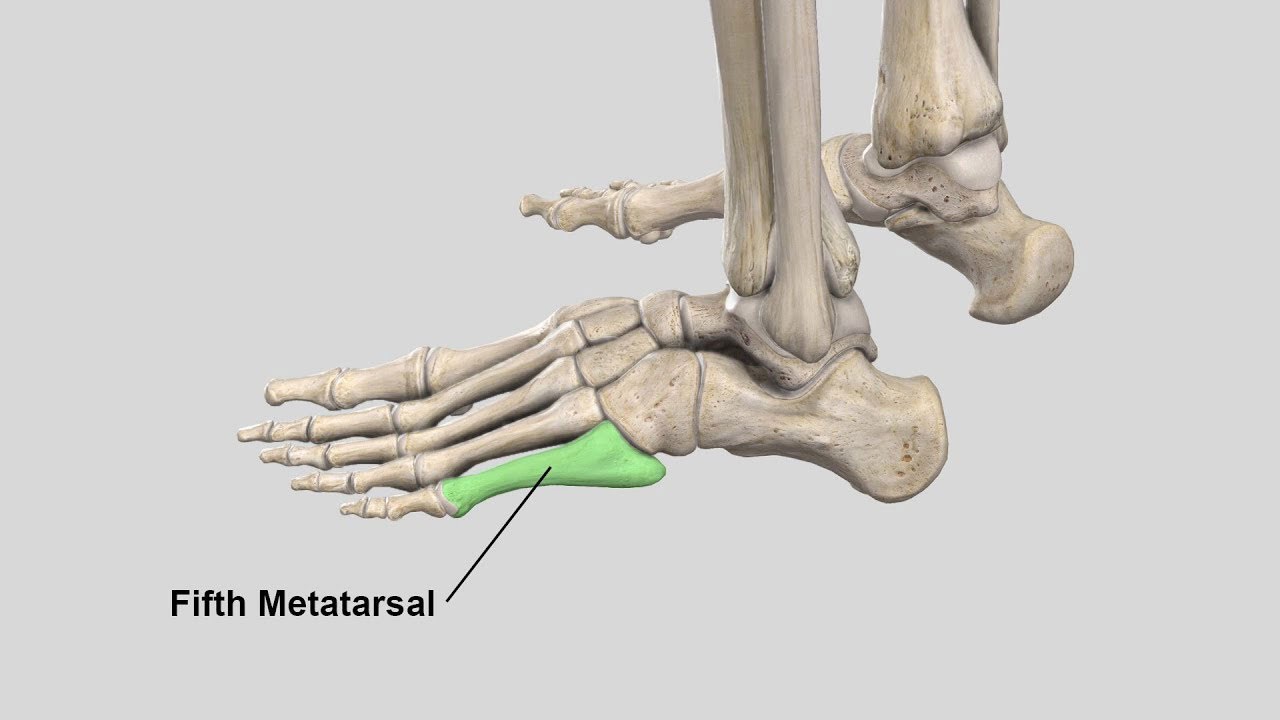5th Metatarsal Fracture
If you have ever broken a bone, then you know that it is not a fun experience. Broken bones can take weeks or even months to heal properly, and they can be quite painful in the meantime. If you are one of those people, then you may want to avoid breaking your fifth metatarsal bone. This particular bone is located in your foot, and it is responsible for supporting your body weight. When it breaks, you will undoubtedly experience pain and discomfort. Luckily, there are ways to prevent this from happening. Keep reading to learn more about fifth metatarsal fractures and how to prevent them from occurring.
Broken bones are so painful that many people refuse to even go through the healing process.

What is a 5th metatarsal fracture?
A 5th metatarsal fracture is a break in the long bone that runs along the outside of your foot. The 5th metatarsal is the bone that connects your little toe to the rest of your foot. A fracture in this bone can occur in several different ways. The most common ones, Jones fractures, occur at the base of the 5th metatarsal, where it meets the heel bone. A Jones fracture can be caused by a direct blow to the foot, or by repetitive stress on the bone, such as from running or jumping.
Types of Fifth Metatarsal Fractures
There are three main types of fifth metatarsal fractures: avulsion, stress, and impact.
Avulsion Fracture:
Avulsion fractures occur when a small piece of bone is pulled away from the main body by a tendon or ligament. Tuberosity avulsion fractures are common in young athletes who participate in sports that involve quick changes in direction, such as soccer or basketball. These fractures mostly occur along with an ankle sprain.
Stress Fracture:
Stress fractures are tiny cracks in the bone that occur due to repetitive trauma. This type of fracture is common in runners and other athletes who participate in high-impact activities.
Impact Fracture:
Impact fractures occur when there is a direct force on the bone, such as from a fall or car accident. Treatment for fifth metatarsal fractures will vary depending on the type and severity of the fracture. Treatment options include rest, ice, elevation, splinting or casting, and surgical treatment. Surgery is typically only necessary for severe fractures that do not heal with conservative treatment.

What are the symptoms?
The most common symptom of a 5th metatarsal fracture is pain along the outside of the foot. Other symptoms may include:
Swelling
Bruising
Tenderness to touch
Difficulty walking or bearing weight on the affected foot
If you have any of these symptoms, it's important to see a doctor right away. A 5th metatarsal fracture is a serious injury that can lead to long-term problems if it's not treated properly.

How is a 5th metatarsal fracture diagnosed?
A 5th metatarsal fracture is typically diagnosed with a physical examination and X-ray of the foot. In some cases, additional imaging tests, such as an MRI or CT scan, may be necessary to confirm the diagnosis.
What is the treatment for a 5th metatarsal fracture?
The goal of treatment is to heal the fracture and help you return to your normal activities. Treatment may include:
Resting and avoiding activity that puts stress on the foot
Ice and heat therapy
Anti-inflammatory medications
Wearing a boot or cast
Physical therapy
In some cases, foot and ankle surgeons perform a surgery to repair the fracture.
If you have a 5th metatarsal fracture, it's important to follow the advice of a foot and ankle surgeon. With proper treatment, most people make a full recovery. Complications from a 5th metatarsal fracture are rare but can include long-term problems such as arthritis.
What is the prognosis for recovery from a fifth metatarsal fracture?
The prognosis for full recovery from proximal fifth metatarsal fractures is excellent. Most patients will make a complete recovery within 6-8 weeks with proper rest and rehabilitation. The recovery time for a metatarsal fracture depends on the severity of each case. However, some patients may experience ongoing pain or discomfort in the affected area. In rare cases, surgery may be required to correct the fracture. Overall, the prognosis for 5th metatarsal fractures is good.
Risks associated with this injury and how can they be minimized or avoided altogether?
There are some risks associated with any injury, including a 5th metatarsal fracture. These risks include infection, blood clots, and nerve damage. To minimize these risks, it is important to follow your doctor’s instructions for care and rehabilitation. Additionally, you should avoid putting any unnecessary stress on the injured area to prevent further injury.

Surgery costs for a 5th Metatarsal Fracture and Financing options
Surgery costs for a 5th Metatarsal fracture depend on the severity of the injury. A simple break may cost anywhere from $2,500 to $5,000 while a more serious break requiring surgery could cost up to $15,000.
Your insurance will likely cover some or all of these costs, but you may be responsible for a deductible or copayment. If you don’t have insurance, or if your insurance doesn’t cover the entire cost of treatment, you may be responsible for the full amount. Talk to your doctor or hospital about payment options before you have surgery.
There are a few options available to help you finance your surgery. You may be able to use a credit card, take out a personal loan, or use medical financing.
Credit cards:
You can use a credit card to pay for your surgery, but this is not always the best option. Credit cards usually have high-interest rates, so you may end up paying more in the long run.
Personal loans:
Personal loans can be a good way to finance your surgery because they usually have lower interest rates than credit cards. You will need to make monthly payments on the loan, so make sure you can afford the payments before taking one out.
Medical financing:
There are companies that specialize in financing medical procedures. They will work with you to create a payment plan that fits your budget.
You should talk to your doctor or hospital about payment options before you have surgery. They may be able to help you find a way to finance your procedure.

Tips for speeding up the healing process after sustaining a 5th metatarsal fracture
There are a few things you can do to speed up the healing process after sustaining a 5th metatarsal fracture:
1. Follow your doctor's orders:
Be sure to follow your doctor’s instructions on how to care for your injury. This includes taking any prescribed medications and keeping your foot elevated as much as possible.
2. Apply ice:
Applying ice to the injured area can help reduce swelling and pain.
3. Wear a supportive shoe:
Wearing a supportive shoe or boot can help protect your injury and promote healing.
4. Avoid activities that put stress on your foot:
Activities such as running, jumping, or dancing can put unnecessary stress on your foot and delay healing.
5. Take it easy:
In general, it is important to take it easy and allow your body time to rest and heal. This means avoiding strenuous activity, getting plenty of sleep, and eating a healthy diet.
Have you been injured at some point in your journey?
Are you not achieving your highest level of function?
We’ve helped hundreds of people at all walks in life
get back to performing their best painfree!
3 Ways to Level Up Your Rehab and Injury Prevention With Us





